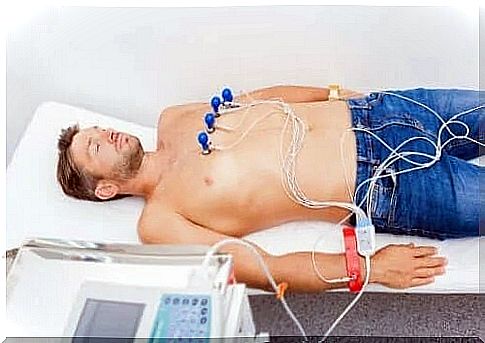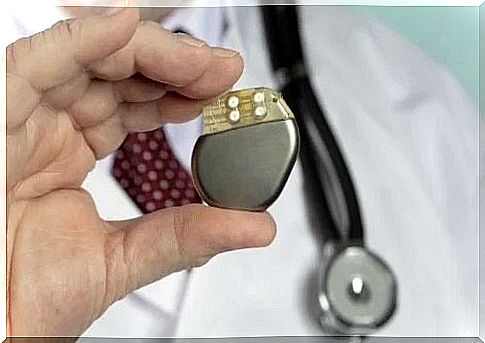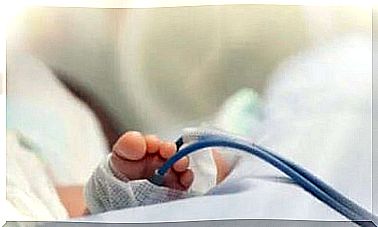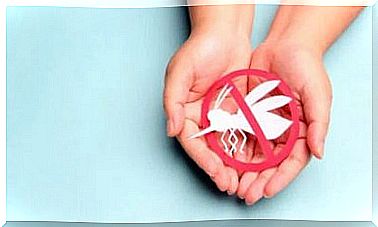Causes, Symptoms And Treatment Of Bradycardia

Do you know what bradycardia is? The condition known as bradycardia occurs when the heart beats at a slower rate than it should. Under normal conditions, the heart rhythm begins with an electrical impulse that passes through the sinus node – also called “sinoatrial” – positioned in the right atrium.
This node is responsible for setting the heart rate. For this reason, we consider it a kind of “pacemaker”. Sometimes the heart rate changes when the airways are damaged or if there is an additional pathway. Therefore, the heart may beat too fast (tachycardia), too slow (bradycardia) or just irregularly.
These abnormal heartbeats are known as “arrhythmias” and can occur in both the upper chambers (atria) and the lower chambers of the heart (ventricles). In this article, we will focus on the definition of bradycardia and the treatments available for it.
What is bradycardia?
The term bradycardia refers to a series of conditions in which the heart beats at a slower pace than usual. There are less than 60 beats per minute. According to an article in Trends in Cardiovascular Medicine, it is either a normal phenomenon in young athletes or part of the aging process or illness. Bradycardia can be classified according to the level of alternation within the hierarchy of the cardiac conduction system.

Causes of bradycardia
The main symptoms
Complications of the disease
Diagnostic
It is crucial to find a causal relationship between the symptoms and the various abnormalities that may be present on a particular electrocardiogram (EKG) to establish the diagnosis of bradycardia. The process can be difficult, given the intermittent and unpredictable nature of this condition.
It is important to consider the medical history and also to perform a 12-electrode surface EKG. In addition, a Holter test and a stress test may be required.
Treatment of bradycardia
Treatment should be limited to patients with a clear, well-documented correlation between symptoms and rhythm. Those who are asymptomatic do not require specific treatment.
Generally, the first step in treating symptomatic people is to stop any medication that slows the heart rate. In addition, interventions are performed for any related underlying conditions.
Finally, the doctor suggests implanting a permanent pacemaker when other treatments do not work. The professional will provide all the necessary details, such as the risks, benefits and preparation for the placement of the pacemaker.

- Smoking
The natural evolution of this disorder is diverse and often unpredictable. Thus, people with a history of fainting due to bradycardia may continue to have recurrent fainting.
The incidence of sudden death is low, and pacemaker therapy does not appear to improve overall survival. However, it reduces morbidity.
In any case, regular medical check-ups are recommended, as appropriate interventions prevent complications. The family doctor or cardiologist will request tests and treatments whenever needed.









